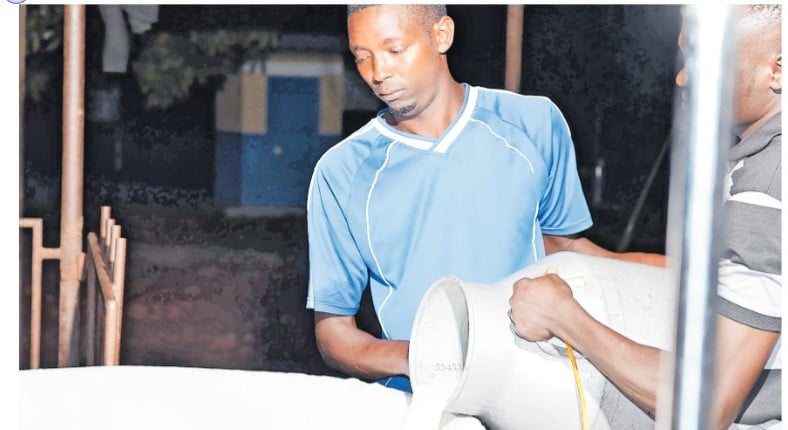Prime
Computerised land registration will curb malpractices

Online land registration is fast, affordable and utimately cheaper than the analog process. NET PHOTO
Approximately 80 per cent of the land area in Uganda is administered as customary land that has not been registered. Customary land rights have been weakened by conflicts, demorgraphic and socio-cultural changes.
It is against this background that the government has established a systematic procedure for the formalisation of customary land rights to conduct a step by step documentation of households land rights through land administration, registration, surveying, physical planning and land valuation.
According to Persis Namuganza, the Minister of State for Lands, “The Ministry of Lands Housing and Urban Development commenced computerisation of the Land Registry in 2013 to come up with a land information system that would reduce the waiting time for people who wanted to register their land.”
The National Land Information System (NLIS) fully integrates land registration, land administration, surveying and mapping, physical planning, and property valuation.
The computerised system has decentralised land governance with the establishment of 22 self-contained one stop Ministry Zonal Offices now operational across Uganda (Kampala, Jinja, Mukono, Masaka, Mbarara, Wakiso-Kyadondo, Wakiso-Busiro, Lira, Kabarole, Kibaale, Arua, Gulu, Masindi, Mbale, Kabale, Mityana, Luwero, Mpigi, Tororo, Soroti, Moroto and Rukungiri).
Namuganza says majority of land in Uganda is neither demarcated nor registered and therefore remains very insecure. The formal statutory registration of land under the NLIS provides additional tenure security and facilitates better opportunities to utilise land as collateral to secure capital through bank loans.
Why register?
According to Beti Kamya Turwomwe, the minister of Lands, Housing and Urban Development, with the new land information system, land registration is made easy which means one has secured the rights for productive land use.
She says, “After land registration, the system also maps out tenants (bibanja) with consent from the landlord for better conflict resolution. They will know the size and boundary of their tenancy, pay busuulu, fulfill their legal requirements which will reduce the illegal evictions.”
Information about tenancy will be accessed at the sub-counties and the tenants will not be allowed to sell their tenancy without the knowledge of the landlord.
She adds that, “The owner of the registered land should be a purchaser or successor but many titles still have names of dead persons and, therefore, require linking them to office of the administrator general to renew letters of administration.”
The benefits
The issue of double plotting has been a huge challenge in Uganda and has caused a lot of land disagreements across the country. The NLIS makes a very significant contribution to the elimination of double plotting and forged titles.
Any attempt to issue two titles with different names on the same plot from the NLIS will be rejected.
Such instances will be flagged for appropriate scrutiny. All information entered in the system includes the name, time and details of the operator making sure the changes and all data is stored for future reference.
Furthermore, the NLIS cross references all data against historical information and personal identification numbers providing a substantial level of security against forgery.
According to Namuganza, the system enables digital storage and archiving land Information for easy and timely access by both the service provider and the public for quick decision making.
She says, “The NLIS has enhanced availability and quick retrieval of various land related statistical data and reports on the types of land, area and ownership as and when required.”




